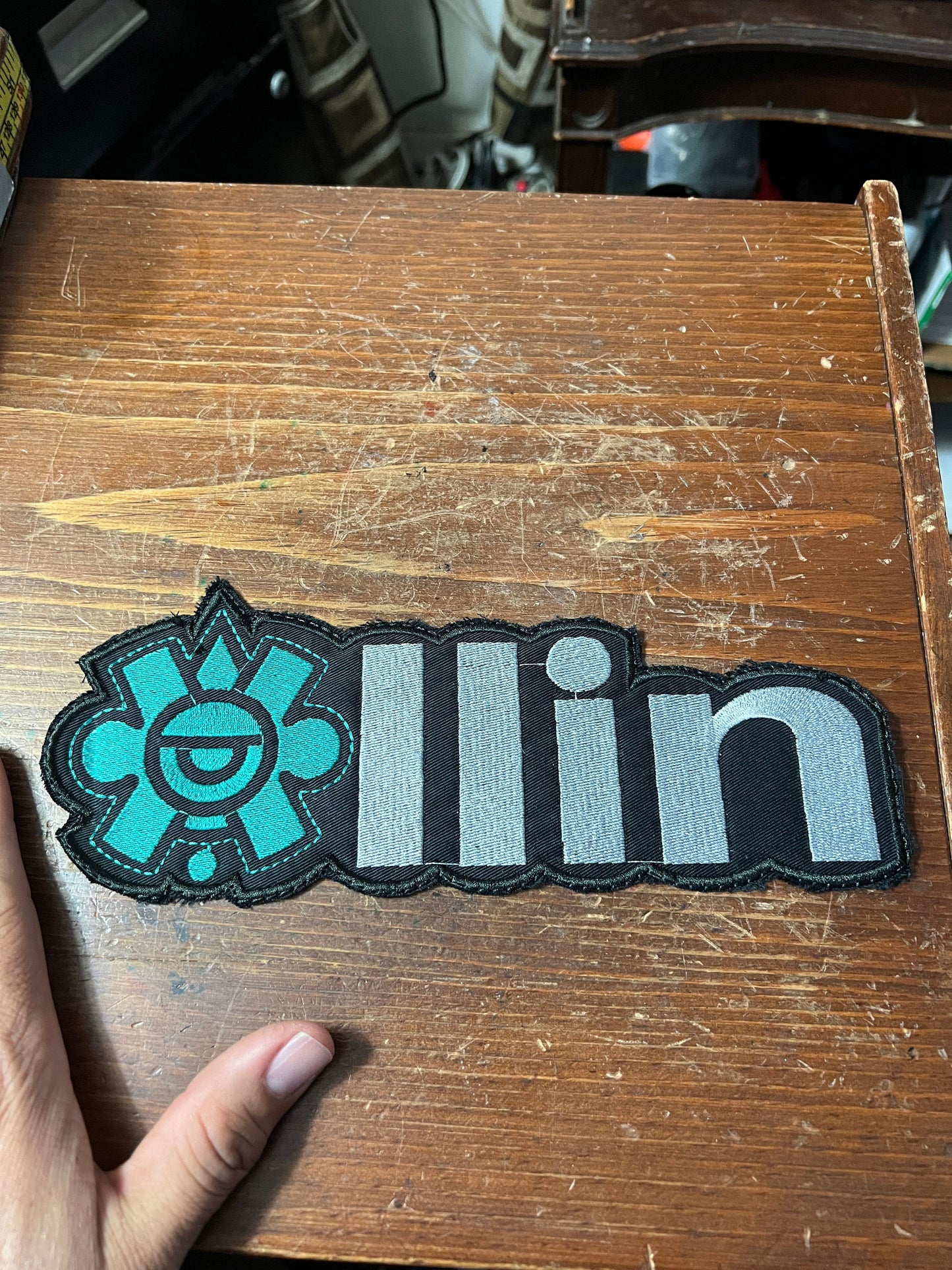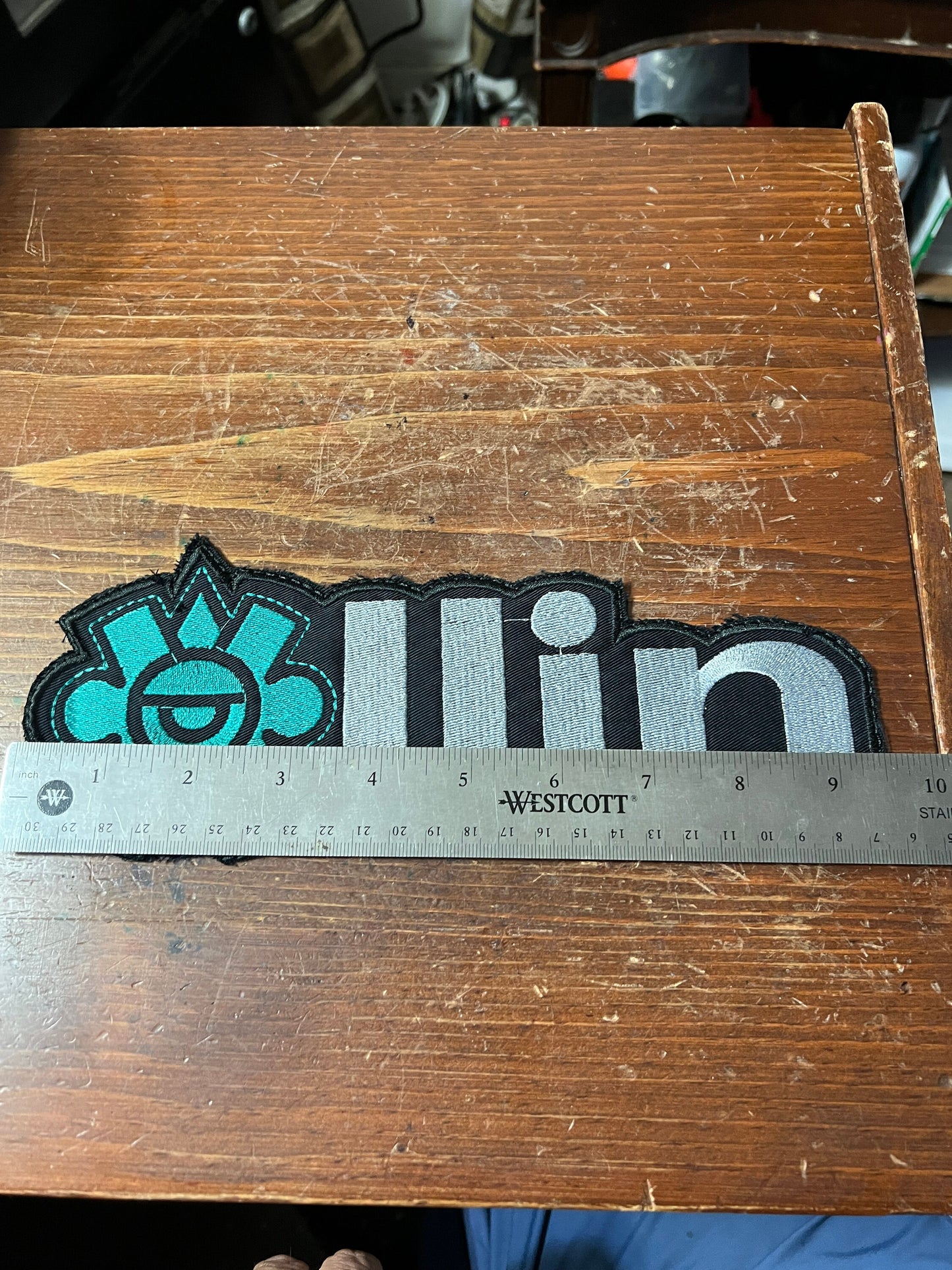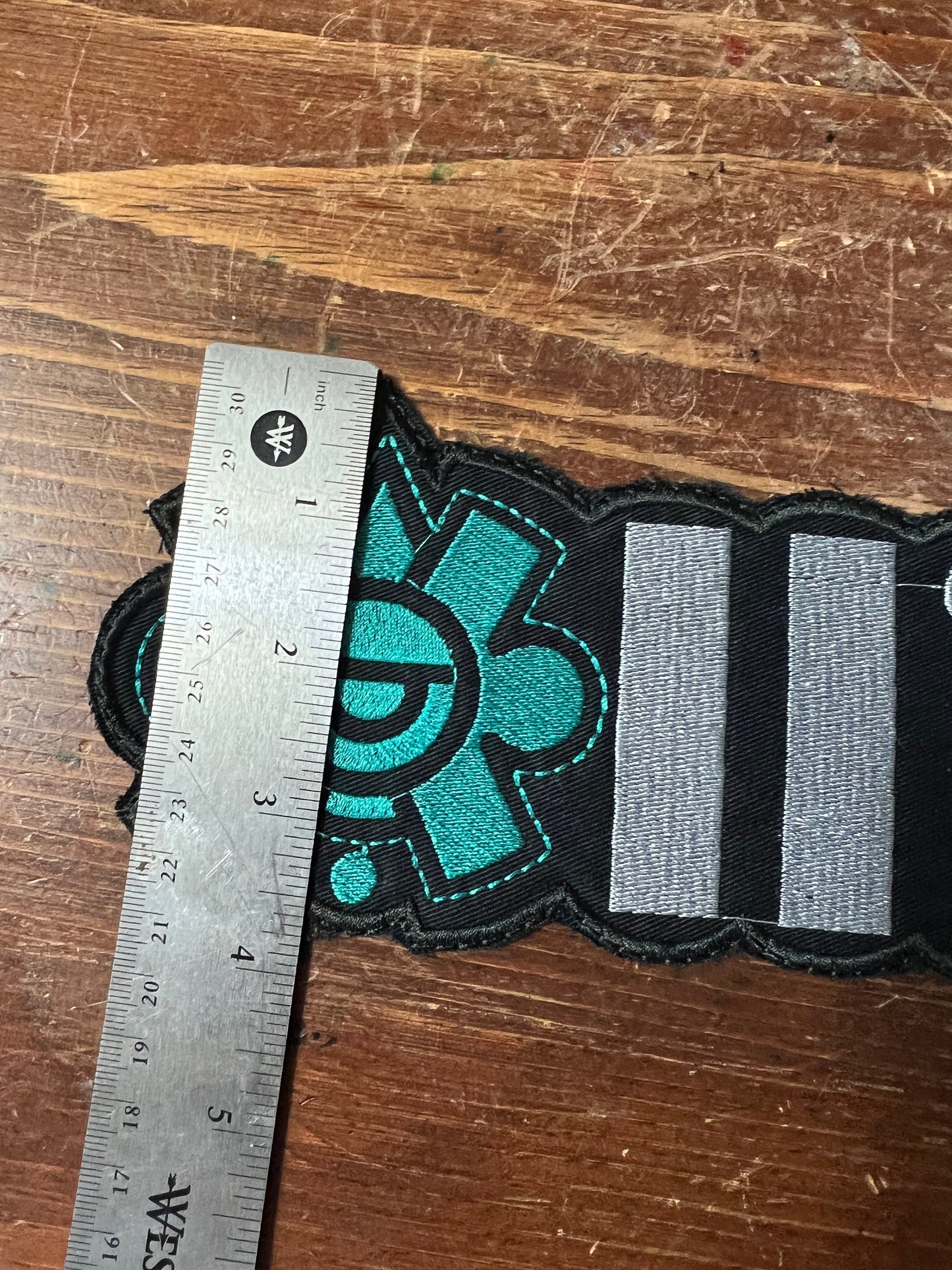My Store
Written Letters 9.5" x 3.75" Ollin Patch Olin Aztec Day Sign for Movement Patches, Mexica, iron-on patches (21)
Written Letters 9.5" x 3.75" Ollin Patch Olin Aztec Day Sign for Movement Patches, Mexica, iron-on patches (21)
Couldn't load pickup availability
Letters Ollin Aztec Day Sign for Movement Patch, Mexica, 9 1/2" x 3 3/4", iron-on patches
Story: The Calendar Stone is also known as the Stone of the Sun. The calendar is a single piece of porphyry with a turned face. The Calendar Stone shown until 1560 and was then buried by order of the archbishop of Mexico City in case its presence should cause the Indians to revert to their original pagan beliefs. In 1790, it was rediscovered and built into the Cathedral until 1885. It was then moved to the nearby museum. The Calendar Stone is not only a symbol of the sun's face marked with the divisions of the year but it is a record of the cosmogonic myth of the Aztecs and the creations and destructions of the world. The sun god Tonatiuh is the center face of the calendar. This is often represented by a circle with four or more subdivisions resembling a compass, which represent the rays of the sun. The middle of the symbol is called Olin which is one of the day signs and means movement. This could be a representation of an earthquake and also a representation of the course of the sun during the year.





